China and Russia join hands to build nuclear power plant on the Moon, expanding space influence
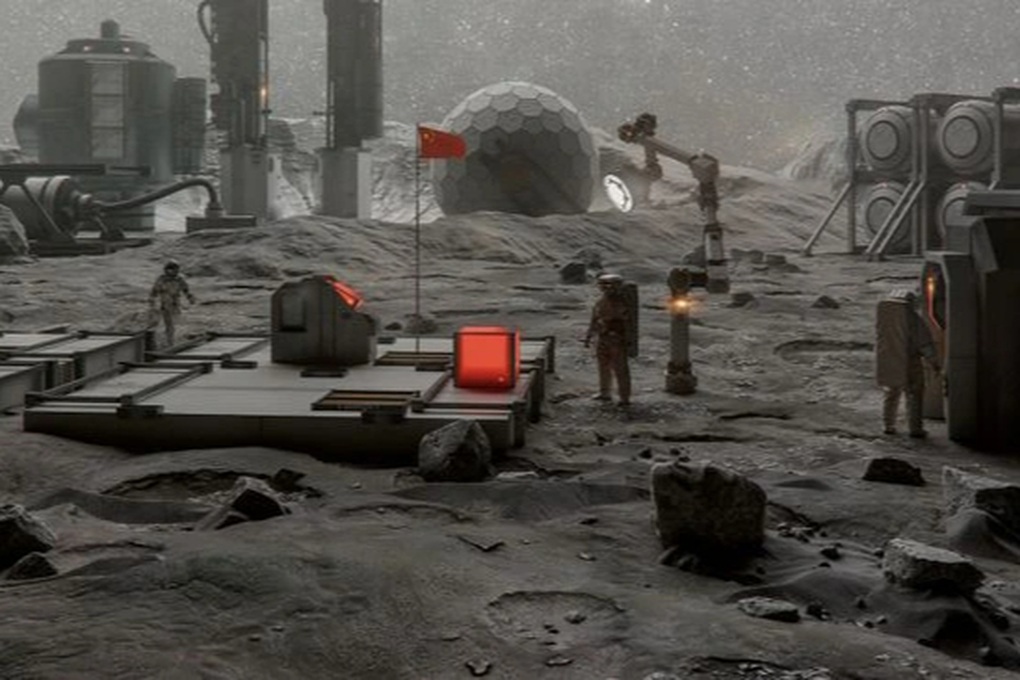
Illustration of China's hypothetical lunar base (Photo: Getty Images).
In a strategic move that will reshape the landscape of space exploration, China and Russia have officially signed a memorandum of understanding to cooperate in building a nuclear power plant on the Moon, with the goal of completion by 2036.
The facility will serve as the power center for the International Lunar Research Station (ILRS) – an ambitious space science infrastructure project co-led by the two countries, designed to operate autonomously and without the need for human presence in the initial stages.
The agreement marks a major milestone in Beijing and Moscow’s efforts to establish a permanent, manned base at the lunar south pole, which has constant sunlight and potential water ice, seen as a strategic resource for long-term missions.
The announcement comes as NASA is proposing to scale back the budget for the Gateway program, a lunar orbital space station that was once seen as the core of the Artemis mission to return Americans to the lunar surface by 2027.
The US postponement of a major program, while China and Russia step up their presence on the Moon, has raised concerns about the reallocation of control over lunar space - an area that is shaping up as a "new strategic cauldron" between superpowers.
According to Yury Borisov, Director General of the Russian space agency Roscosmos, the reactor will be deployed using robotic equipment and built fully automatically, using technology that is almost ready for implementation.
The Roscosmos representative also said that ILRS will play a central role in conducting fundamental space research, testing autonomous systems, and creating the premise for future manned missions.
Seventeen countries have expressed interest in joining ILRS, including partners from the Middle East, South Asia and Africa such as Egypt, Pakistan, Venezuela, Thailand and South Africa. However, the United States remains on the list.
US stalls with Artemis and Gateway, facing strategic challenges from rivals
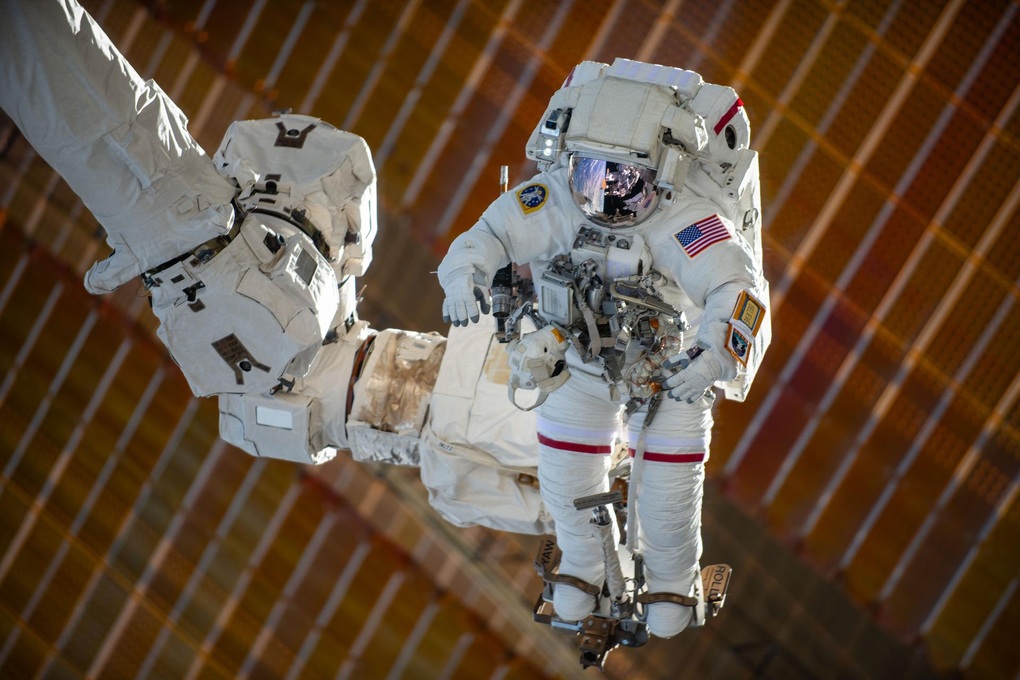
NASA faces strategic challenges from rivals and risks falling behind due to space budget cuts (Photo: NASA).
Experts say the foundational systems for the ILRS will be deployed through China's Chang'e-8 mission in 2028, marking the first time the country lands astronauts on the Moon.
The ILRS project has a long-term development roadmap, with five super-heavy rocket launches from 2030 to 2035 to deliver essential infrastructure modules to the Moon.
After completing the basic phase, China will expand the base, connecting it with the lunar space station and two space nodes in the equatorial region and the far side of the Moon.
According to Mr. Wu Yanhua, chief architect of China's deep space exploration program, the system will be operated by a mixed energy source including solar, radioactive isotopes and nuclear energy.
Along with that is the integration of high-speed communications networks, pressurized and unpressurized rovers, and lunar transport vehicles to serve both research and logistics.
This move clearly reflects the shift of technological power in the space sector from the West to Asia-European powers, in the context of the US facing internal challenges in terms of budget and policy priorities.
Meanwhile, China has steadily expanded its space capabilities since the successful landing of its Chang'e 3 mission in 2013, which landed the first rover on the moon. Subsequent missions have not only expanded its presence on the moon but also laid the groundwork for its long-term ambitions on Mars and deep space.
In that context, NASA's Artemis program - which is expected to bring American astronauts back to the Moon after more than half a century - is facing the risk of delays, while the Gateway station may be removed from the 2026 budget under the new proposal.
This not only puts the US behind in the race to establish a lunar base, but also reduces Washington's strategic influence in setting operating standards and exploiting extraterrestrial resources.
It is worth noting that these are the fields that are predicted to shape the balance of global scientific and military power in the 21st century.
Source: https://dantri.com.vn/khoa-hoc/can-cu-mat-trang-trung-quoc-va-nga-thach-thuc-vi-the-khong-gian-cua-my-20250514084020290.htm





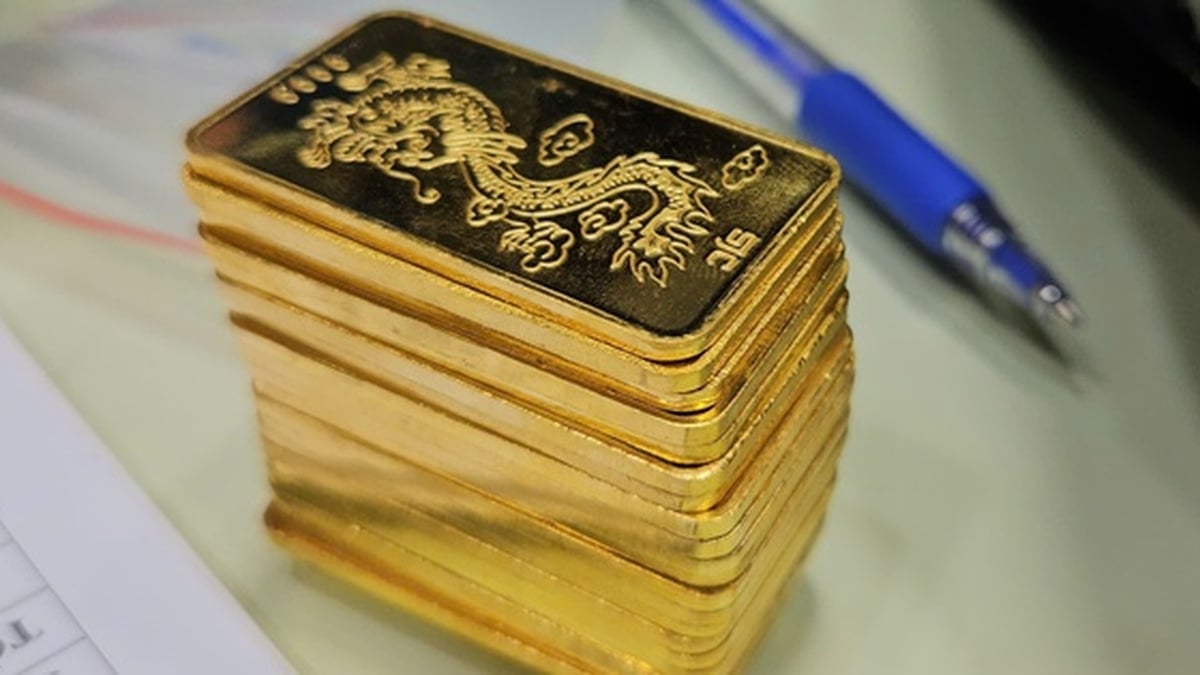




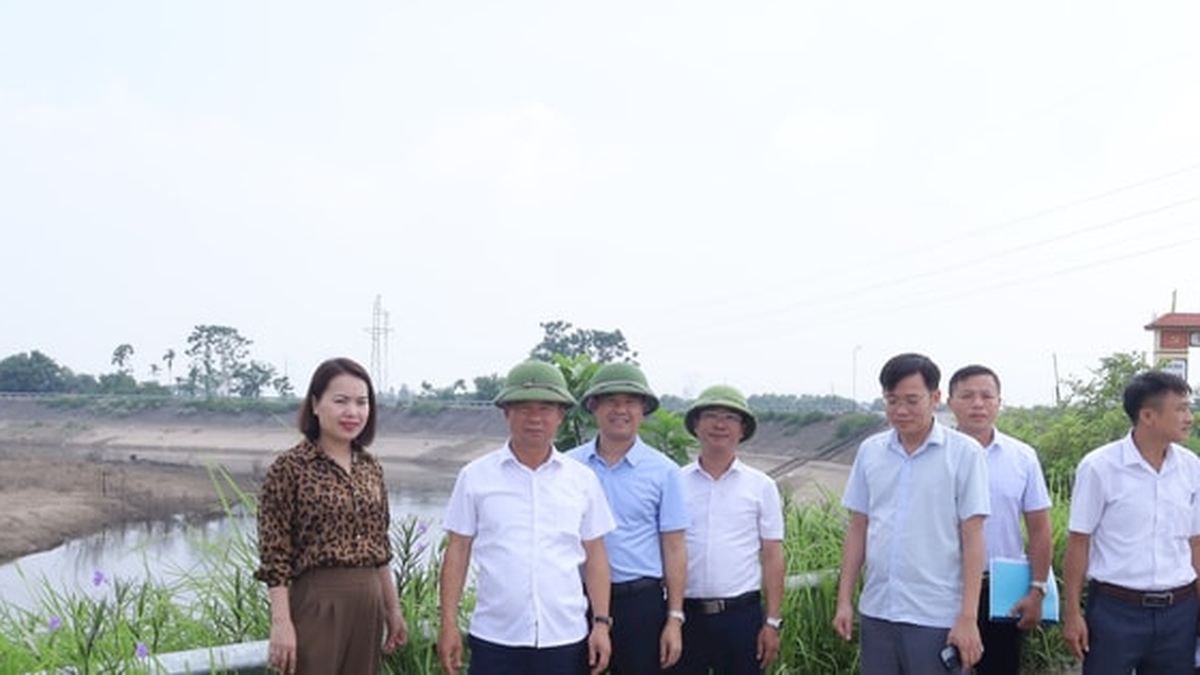

















![[Photo] Gia Lai provincial leaders offer flowers at Uncle Ho's Monument with the ethnic groups of the Central Highlands](https://vphoto.vietnam.vn/thumb/1200x675/vietnam/resource/IMAGE/2025/7/9/196438801da24b3cb6158d0501984818)






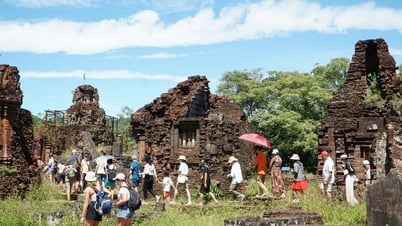
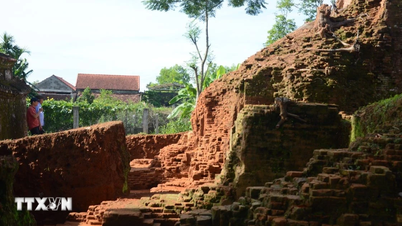




















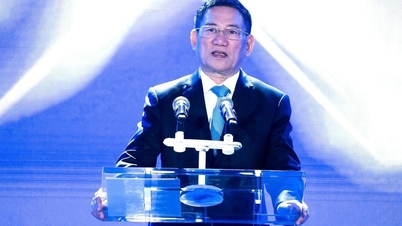















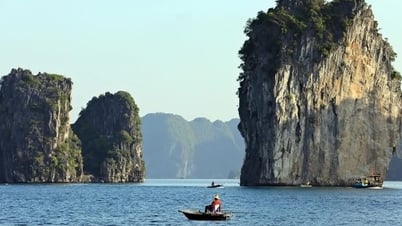

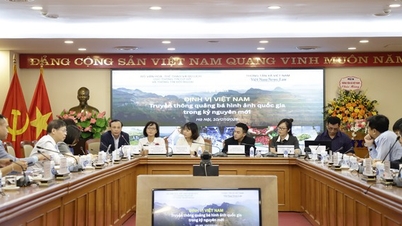

























Comment (0)